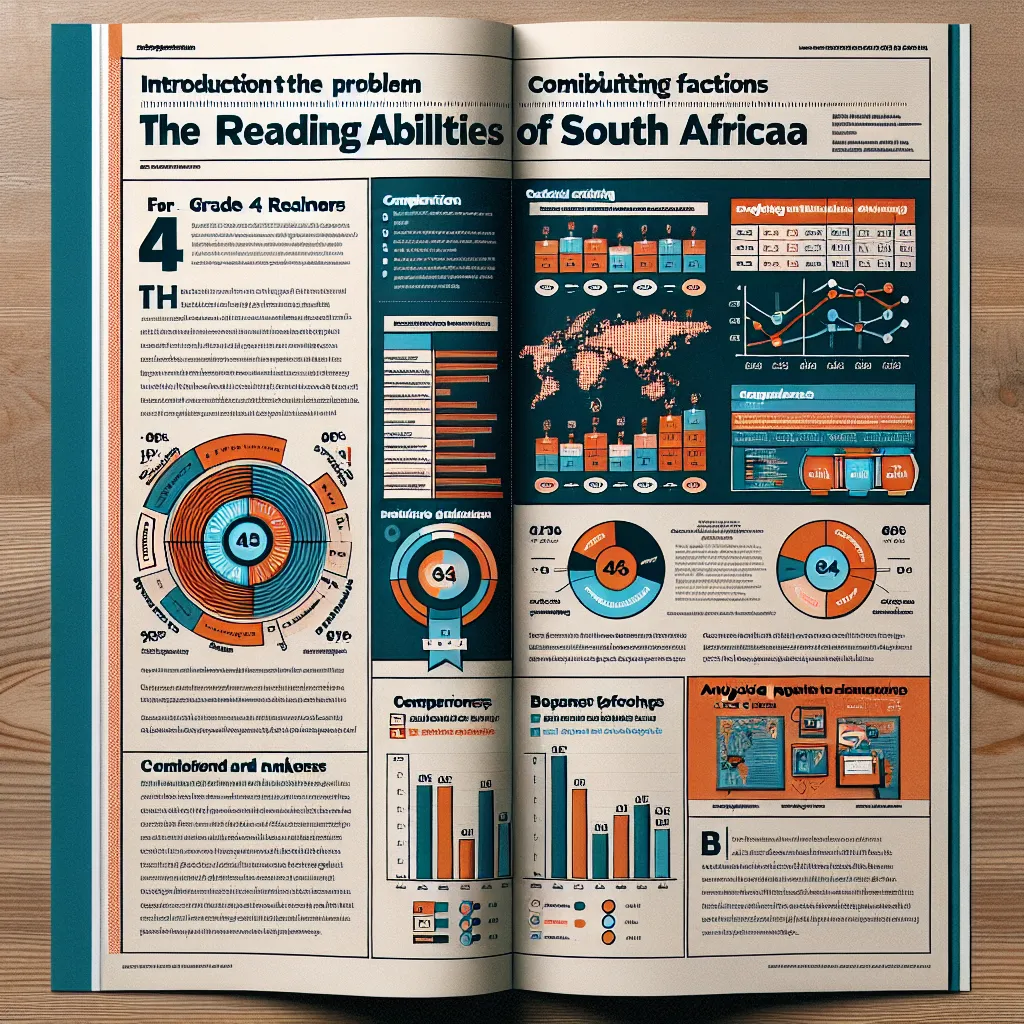Ask AI on The Internet
Question: Banning mobile phones in schools can improve students’ academic performance. This is how we know. Author: Louis-Philippe Beland Published: March 21, 2021, 8.49pm SAST The effects of mobiles phones and other technology at school is a hotly debated topic in many countries. Some advocate for a complete ban to limit distractions, while others suggest using technology as a teaching tool. Kids in public South Australian primary schools started the school year without being allowed to bring their mobile phones to class, unless they are needed for class activity. All students in public Western Australian Victorian, and Tasmanian schools have a mobile phone ban in place since for all or some of 2020. New South Wales also banned mobile phones in public primary schools, with secondary schools having the option to opt in, since the start of 2020. Education departments have introduced the bans for various reasons including to improve academic outcomes and decrease bullying. Several recent papers point to positive impact of banning mobile phones at school on student performance and other outcomes. Understanding the evidence is crucial for best policy. In a 2015 paper, we used a method — called a difference-in-difference strategy — as well as student data from England to investigate the effect of banning mobile phones on student performance. In this method, we compared schools that have had phones removed to similar schools with no phone bans. This allowed us to isolate the effect of mobiles phones on student performance from other factors that could affect performance. We found banning mobile phones at school leads to an increase in student performance. Our results suggest that after schools banned mobile phones, test scores of students aged 16 increased by 6.4% of a standard deviation. This is equivalent to adding five days to the school year or an additional hour a week. The effects were twice as large for low-achieving students, and we found no impact on high achieving students. 4 Our results suggest low-performing students are more likely to be distracted by the presence of mobile phones, while high performing students can focus with or without mobile phones. The results of our paper suggest banning mobile phones has considerable benefits including a reduction in the gap between high- and low- achieving students. This is substantial improvement for a low-cost education policy. Other studies show similar results. Recent studies from Spain and Norway, using a similar empirical strategy to ours, also show compelling evidence on the benefit of banning mobile phones on student performance, with similar effect size. In Spain, banning mobile phones has been shown to increase students’ scores in maths and science. Researchers also documented a decrease in incidences of bullying. In Norway, banning phones significantly increased middle school students’ grade point average. It also increased students’ likelihood of attending an academic high school rather than choosing a vocational school. And it decreased incidents of bullying. Evidence from Belgium suggests banning mobile phones can be beneficial for college student performance. This context might be different, but still informative as students are of similar age to those in high school. Research from Sweden, however, suggests little effect of banning mobile phones in high school on student performance. It is worth noting, however, the study did not find any detrimental effect of banning mobile phones. A similar conclusion can be drawn from the literature on the effect of computers used at school. Evidence from the US suggests using laptops in class is detrimental to learning, and the effects are large and more damaging for low-performing students. Potential psychological mechanisms involved. The psychological literature might shed lights on the potential mechanisms as to why mobile phones and other technology in school might affect student performance. This literature finds multitasking is detrimental to learning and task execution. Many recent experimental papers present evidence mobile phone use while executing another task decreases learning and task completion. Research also shows computers might be a less efficient way to take notes than pen and paper. ENG2601/Assignment 03/2024 5 It may be that taking notes by hand allows you to remember the material better than typing those notes on a computer. This may be because students are not just typing out every word said, but thinking of how to summarise what they’re hearing. Beland, LP. 2021. Banning mobile phones in schools can improve students’ academic performance. This is how we know. https://theconversation.com/banning-mobile-phones-in-schools-can-improvestudents-academic-performance-this-is-how-we-know-153792. [Accessed: 7 June 2023] talk on the cohesion and coherence of the text
The text by Louis-Philippe Beland on banning mobile phones in schools is quite cohesive and coherent, demonstrating logical flow and clarity in its presentation. Here are some key points highlighting its cohesion and coherence: ### Cohesion 1. **Repetition and Consistency**: The text consistently uses terms like "banning mobile phones," "student performance," and "academic outcomes," which helps to maintain focus and reinforces the main topic throughout the article. 2. **Use of Connective Words and Phrases**: - The essay employs connective words and phrases such as "however," "also," "suggest," and "similarly." These transitions help to link ideas and maintain the flow of discussion. - Examples: "In Spain, banning mobile phones has been shown to…" and "In Norway, banning phones significantly increased…." 3. **Referencing**: The text frequently refers back to its main points and previous research, creating a web of references that ties the sections together. For example: "Our results suggest…," "Other studies show similar results," and "The results of our paper suggest…." 4. **Consistent Structure**: Each section follows a similar structure: introduction of a study, methodology, findings, and implications. This repeated pattern ties the various parts of the text into a coherent whole. ### Coherence 1. **Clear Thesis and Purpose**: The text begins with a clearly stated thesis that banning mobile phones can improve student performance, setting a clear direction for the reader. 2. **Logical Organization**: - The text is organized logically, starting with an introduction to the debate about technology in schools, followed by specific examples from different regions, and concluding with potential psychological mechanisms. - Information moves from the general (the debate on mobile phones) to the specific (results from studies in England, Spain, Norway, Belgium, and other regions). 3. **Substantiation with Evidence**: - The text supports its claims with solid evidence from various studies, which are explained in detail. - Each claim made about the impact of banning phones is followed by evidence, making the argument more robust and understandable. 4. **Comparison and Contrast**: By comparing findings from different countries and studies, the author highlights both the commonalities and differences in outcomes, facilitating a more nuanced understanding of the issue. 5. **Conclusion**: The text concludes by tying back to the psychological research on multitasking, reinforcing how it aligns with the initial discussion on mobile phone bans and their impact on student performance. ### Minor Areas for Improvement While the text is generally cohesive and coherent, there are minor areas that could be improved: 1. **Transitional Clarity**: Smoothen some transitions between examples to avoid abrupt shifts. For example, a clearer bridge between the findings from different countries would enhance flow. 2. **Avoid Redundancy**: Certain points are repeated which could be condensed. Streamlining these would make the text more succinct. 3. **Clearer Conclusion**: The article could benefit from a stronger conclusion that encapsulates the main takeaways and implications for policy. In summary, the text by Louis-Philippe Beland effectively maintains cohesion and coherence through a consistent use of terms, logical organization, substantiation with evidence, and clear structure. Minor adjustments could enhance the flow further, but overall, it is well-structured and easy to follow.
Think your answer is better than the AI's? Post it below.
Other Most Relevant Posts:
 Disconnected: Examining the Effects of a 48-Hour Cell Phone Ban on New University Students' Social Integration
Disconnected: Examining the Effects of a 48-Hour Cell Phone Ban on New University Students' Social Integration
Question Tags
If you want your question answered by an AI, click here.






Post your own comment: